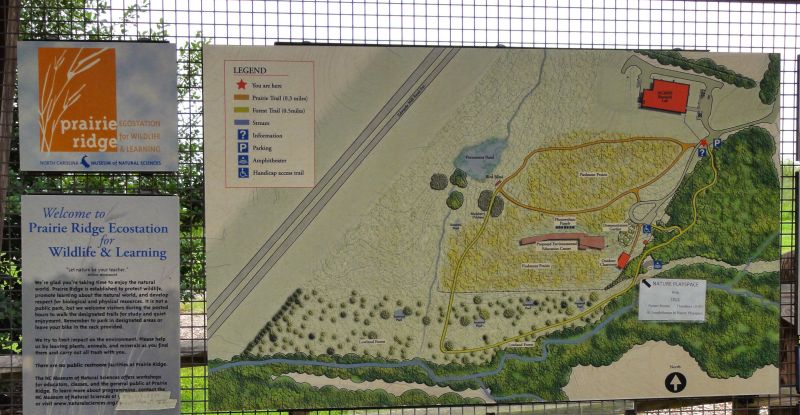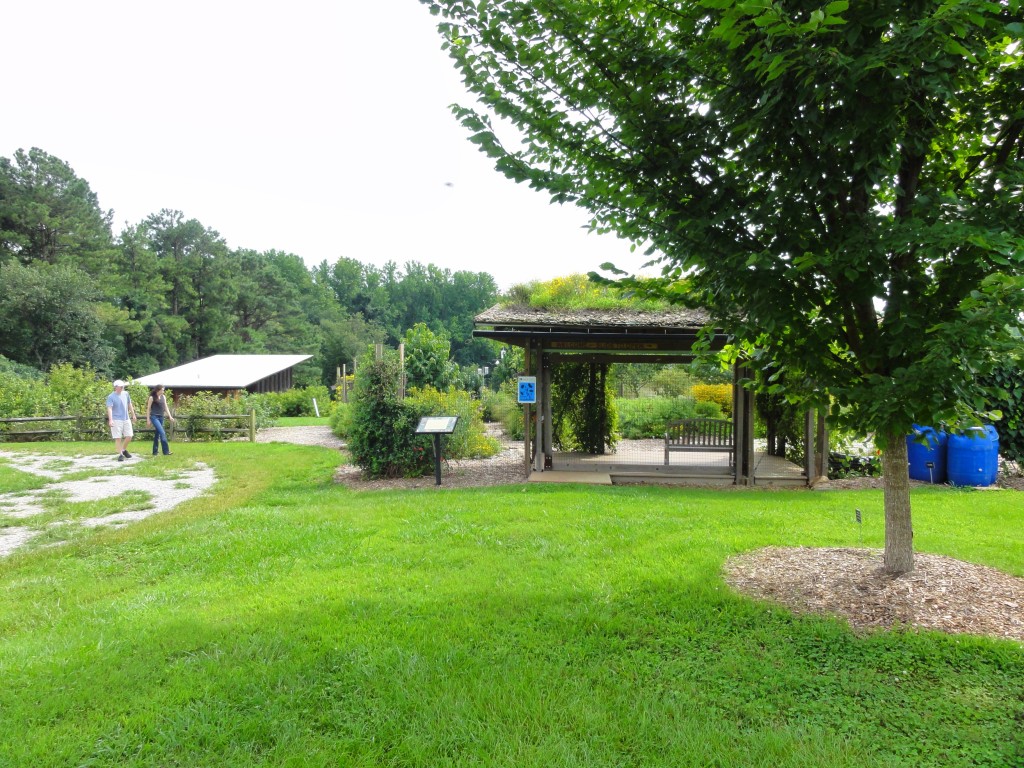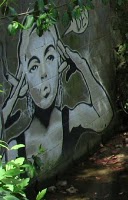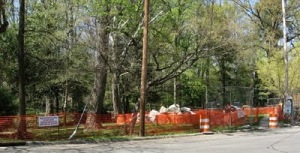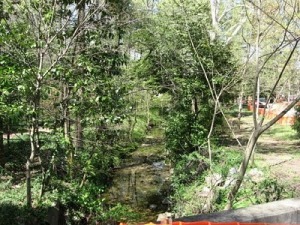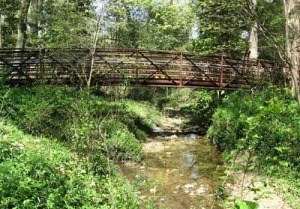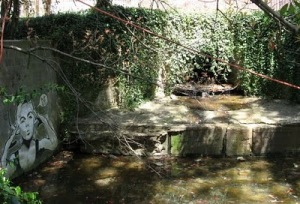The picture above is about half of the subscription to Environment I ordered in 1971 as a senior at Enloe High School. I had formed an Ecology Club at Enloe and started several initiatives through that to raise awareness of environmental issues. 49 years ago the destruction of our natural environment and the senselessness of a carbon-based energy economy was big news and actually led to many important reforms. I am proud to have been a tiny part of that and grateful to all my Enloe friends who supported and participated in the club.
The tiny ink price on the top magazine tells us what happened to the other half of the subscription: sometime in the ten years I was a bookseller in the 1980’s, I put up the whole batch for sale at 25 cents each. When I became an environmental educator in the 90’s, these issues were rescued from the bookstore remains as a historical resource. This blog has always been a promoter of green initiatives, especially conservation of natural areas. But with my retirement and now the wonderful success of my new book, The Natural History of Raleigh, which was the whole reason for the existence of the blog, I am ready to take this site to a state-wide perspective that allows full rein for my explorations of western North Carolina. Along with that, I will be addressing more overtly and more loudly the massive environmental challenges we face as we enter 2020 and beyond.
A long-planned signal of these changes is the change in name of the weblog from Raleigh Nature to The Raleigh Naturalist. My heart will always be in Raleigh, and many future posts will continue to be devoted to my native city. Many others, such as my cherished dream of writing a decent article on Highway 64, will connect Raleigh to the whole state and beyond. Happy New Year and cheers to sustainable living and honest connections to the land that nurtures us.



